-
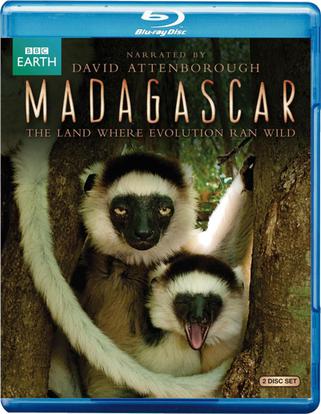
-
收藏
马达加斯加 ( 2011 )
9.2Madagascar 台版
分 类: 纪录片 类型: 纪录片
国 家: 英国
主 演: 戴维·爱丁保罗夫(解说)
清晰度: 1080I 视频: AVC, 29.970fps, 16:9
大 小: 61.42GB 片长:
字 幕: 中文/英语
音 频:
标 签: 原盘/ISO/BBC
人 气: 92 更新: 2013-08-05
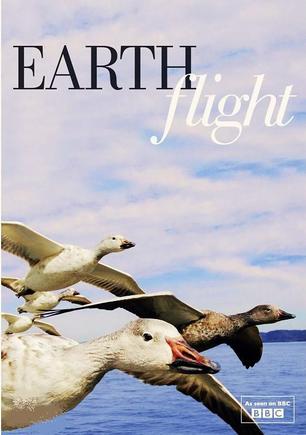 |
主演:
大卫·田纳特
国家:
英国
类型:
纪录片
|
9.3 | 76.49 G | 1080I |
中文
英语
|
中文,2.0,AC3
英语,5.1,DTS-HD M
|
原盘
ISO
|
|
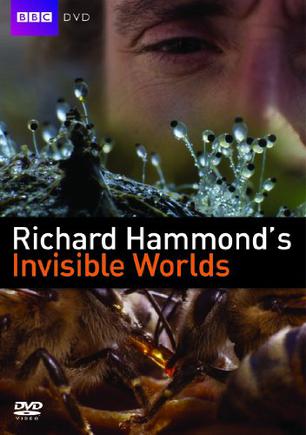 |
BBC - 理查德·哈蒙德:看不见的世界
2010
主演:
理查德·哈蒙德
国家:
英国
类型:
纪录片
|
9.0 | 38.82 G | 1080I |
中文
英语
|
中文,2.0,AC3
英语,2.0,DTS-HD M
|
原盘
|
|
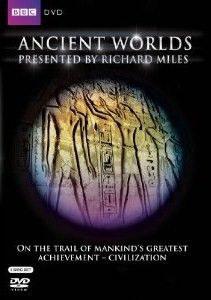 |
BBC 古代世界
2010
主演:
RichardMiles/SimonR
国家:
英国
类型:
纪录片
|
7.7 | 82.18 G | 1080I |
中文
英语
|
英语,2.0,AC3
|
原盘
|
|
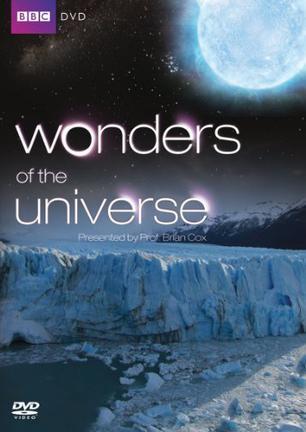 |
主演:
布莱恩·考克斯
国家:
英国
类型:
纪录片
|
9.3 | 42.54 G | 1080I |
中文
英语
|
英语,2.0,DTS-HD M
|
原盘
ISO
BBC
|
|
 |
BBC 漫游世界建筑群 第一季
2008
主演:
丹·克鲁克山
国家:
英国
类型:
纪录片
|
8.5 | 77.73 G | 1080I |
中文
英语
|
英语,2.0,AC3
|
原盘
BBC
|
|
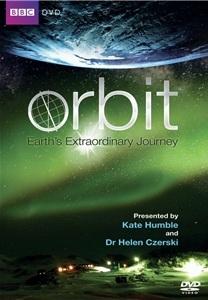 |
主演:
KateHumble/HelenCze
国家:
英国
类型:
纪录片
|
9.2 | 36.11 G | 1080I |
中文
英语
|
英语,2.0,DTS-HD M
|
原盘
ISO
|
|
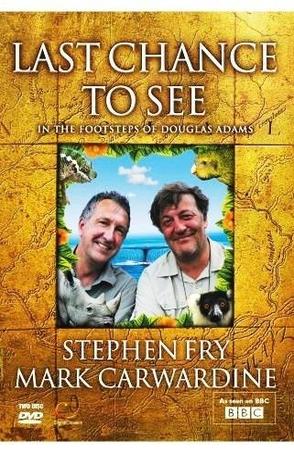 |
Last Chance to See
2009
主演:
StephenFry/MarkCarw
国家:
英国
类型:
纪录片
|
8.8 | 81.7 G | 1080I |
中文
|
英语,5.0,DTS-HD H
|
原盘
|
|
 |
世界上最热的地方【BBC】
2009
国家:
英国
类型:
纪录片
|
8.1 | 41.31 G | 1080I |
中文
|
英语,5.1,DTS-HD M
德语,5.1,DTS-HD M
|
原盘
BBC
|
|
 |
二战全史 第一季
1973
主演:
劳伦斯·奥利弗
国家:
英国
类型:
历史/战争/纪录
|
9.3 | 359.78 G | 1080P |
中文
英语
|
英语,5.1,DTS-HD M
|
原盘
|
|
 |
主演:
MichaelJ.Mosley/克里斯
国家:
英国
类型:
纪录片
|
9.2 | 43.56 G | 1080I |
中文
英语
|
中文,2.0,AC3
英语,2.0,DTS-HDMA
|
原盘
ISO
|
|
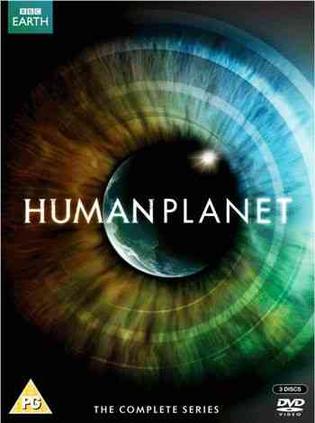 |
人类星球
2011
主演:
约翰·赫特
国家:
英国
类型:
纪录片
|
9.8 | 121.4 G | 1080I |
中文
英语
泰语
|
中文,2.0,AC3
英语,5.1,DTS-HD M
泰语,2.0,AC3
|
原盘
ISO
|
|
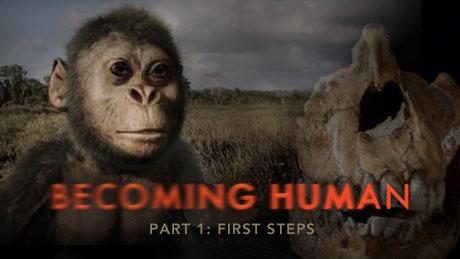 |
国家:
美国
|
8.5 | 40.34 G | 1080I |
中文
英语
|
英语,2.0,AC3
|
原盘
|
|
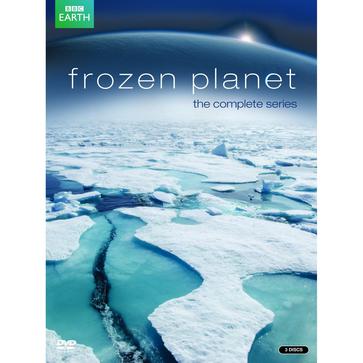 |
主演:
戴维·爱丁保罗夫/李易
国家:
英国
类型:
纪录片
|
9.7 | 102.71 G | 1080I |
中文
英语
|
中文,2.0,AC3
英语,5.1,DTS-HDMA
|
原盘
ISO
|
|
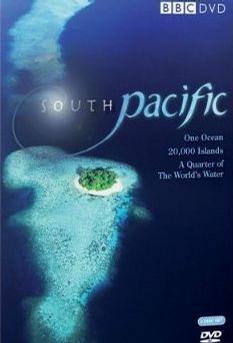 |
南太平洋 双碟
2009
主演:
本尼迪克特·康伯巴奇BenedictC
国家:
英国
类型:
纪录片
|
9.7 | 71.57 G | 1080I |
中文
英语
泰语
|
中文,2.0,AC3
英语,5.1,DTS-HD M
泰语,2.0,AC3
|
原盘
ISO
|
|
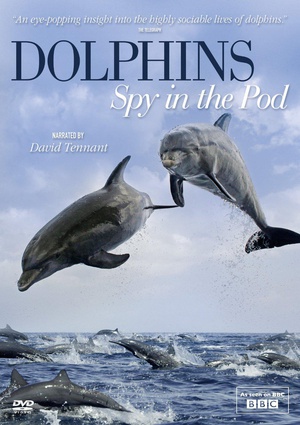 |
卧底海豚帮
2014
主演:
大卫·田纳特
国家:
英国
类型:
纪录片
|
9.0 | 20.14 G | 1080I |
中文
英语
|
英语,2.0,LPCM
|
原盘
BBC
|
|
 |
印度的故事
2007
主演:
MichaelWood
国家:
英国
类型:
纪录片/历史
|
8.3 | 84.11 G | 1080I |
中文
英语
|
英语,5.1,DTS-HD M
|
原盘
|
|
 |
历史频道:高清二战
2009
主演:
JustinBartha/RobLow
国家:
美国
类型:
纪录片/历史/战
|
8.8 | 87.82 G | 1080I |
中文
|
英语,5.1,DTS-HD M
|
原盘
|
|
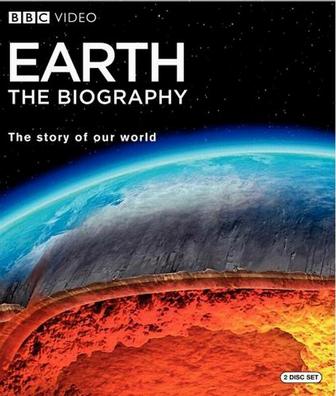 |
地球的力量
2007
国家:
英国
类型:
纪录片
|
9.3 | 41.06 G | 1080I |
中文
英语
|
中文,5.1,AC3
英语,2.0,AC3
|
原盘
|
|
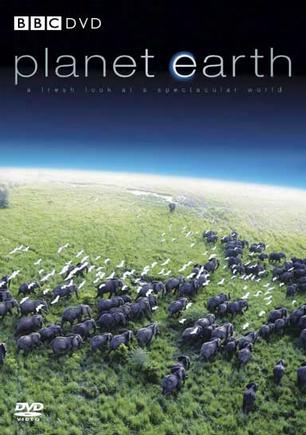 |
地球脉动
2006
国家:
英国
类型:
纪录片
|
9.7 | 116.34 G | 1080P |
中文
英语
|
中文,5.1,AC3
英语,5.1,AC3
|
原盘
|
|
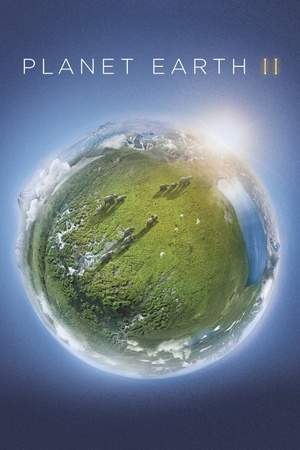 |
主演:
戴维·阿滕伯勒
国家:
英国
类型:
纪录片
|
9.9 | 91.9 G | 1080P |
中文
英语
|
中文,2.0,TrueHD
英语,5.1,TrueHD
|
原盘
ISO
|
|
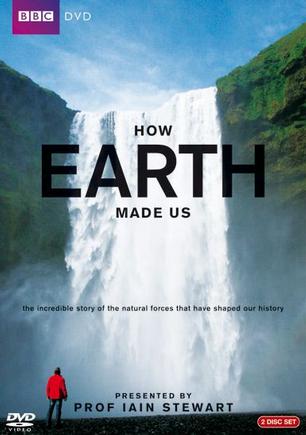 |
地球造人
2010
主演:
IainStewart
国家:
英国
类型:
纪录片
|
9.0 | 61.14 G | 1080I |
中文
|
英语,5.1,DTS-HD M
|
原盘
|
|
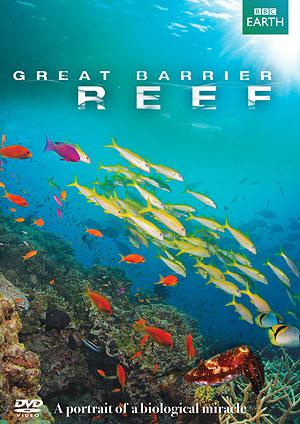 |
主演:
MontyHalls
国家:
英国
类型:
纪录片
|
8.7 | 35.25 G | 1080I |
中文
英语
|
中文,2.0,AC3
英语,2.0,DTS-HD M
|
原盘
ISO
|
|
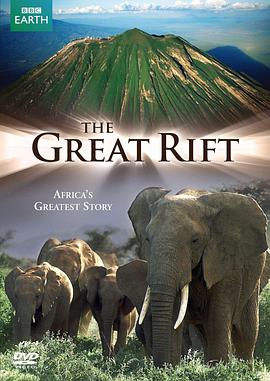 |
大裂谷:美丽的非洲心脏
2010
主演:
HughQuarshie
国家:
英国
类型:
纪录片
|
9.1 | 40.2 G | 1080I |
中文
|
英语,2.0,DTS-HD M
|
原盘
|
|
 |
大陆的崛起 第一季
2013
国家:
英国
类型:
纪录片
|
0.0 | 40.82 G | 1080I |
中文
英语
|
英语,2.0,DTS-HD M
|
原盘
ISO
BBC
|
|
 |
太阳系的奇迹
2010
主演:
布莱恩·考克斯
国家:
英国
类型:
纪录片
|
9.3 | 67.06 G | 1080I |
中文
英语
|
英语,5.1,DTS-HD H
|
原盘
BBC
|
|
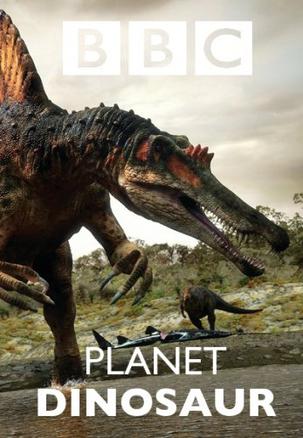 |
主演:
约翰·赫特
国家:
英国
类型:
纪录片
|
8.6 | 38.75 G | 1080I |
中文
英语
朝鲜语韩语
|
中文,2.0,AC3
英语,2.0,DTS-HD M
朝鲜语韩语,2.0,AC3
|
原盘
|
|
 |
恒河
2008
主演:
SudhaBhuchar
国家:
英国
类型:
纪录片
|
8.4 | 22.69 G | 1080I |
中文
|
中文,2.0,AC3
英语,5.1,DTS-HD H
俄语,2.0,DTS-HD M
|
原盘
|
|
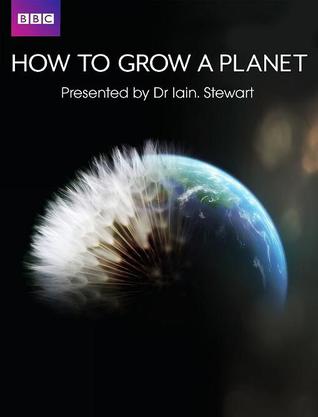 |
植物之歌
2012
主演:
IainStewart
国家:
英国
类型:
纪录片
|
9.1 | 36.42 G | 1080I |
中文
英语
|
英语,2.0,DTS-HD M
|
原盘
ISO
|
|
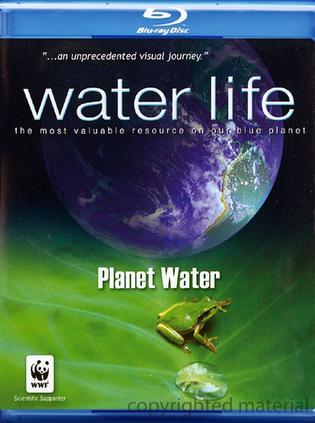 |
水世界
2008
国家:
美国
类型:
纪录片
|
8.8 | 67.62 G | 1080I |
中文
|
英语,2.0,AC3
|
原盘
|
|
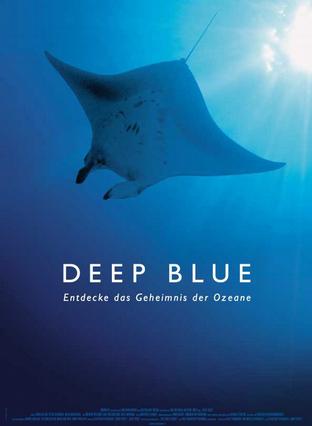 |
深蓝
2003
主演:
MichaelGambon(迈克尔·刚
国家:
英国/德国
类型:
纪录片
|
9.1 | 20.0 G | 1080I |
中文
英语
|
英语,5.1,DTS-HD M
|
原盘
ISO
BBC
|
|
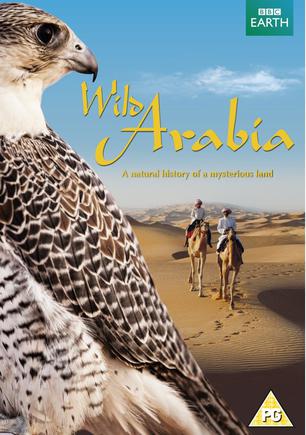 |
狂野阿拉伯
2013
主演:
AlexanderSiddig
国家:
英国
类型:
纪录片/冒险
|
9.0 | 38.36 G | 1080I |
中文
英语
|
中文,2.0,AC3
英语,5.1,DTS-HD M
德语,5.1,DTS-HD M
|
原盘
|
|
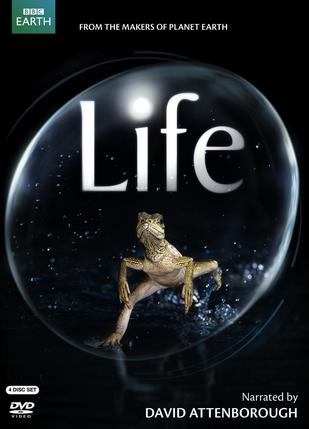 |
生命
2009
主演:
戴维·爱丁保罗夫/DougAllen/
国家:
英国
类型:
纪录片
|
9.7 | 147.32 G | 1080I |
中文
英语
|
中文,5.1,AC3
英语,5.1,DTS-HD H
|
原盘
|
|
 |
主演:
戴维·阿滕伯勒
国家:
英国
类型:
纪录片
|
9.8 | 86.63 G | 1080I |
中文
英语
|
中文,2.0,AC3
英语,5.1,DTS-HD M
|
原盘
|
|
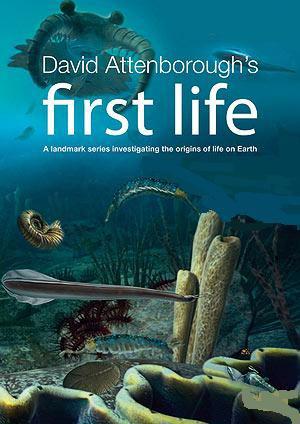 |
生命的起源
2010
主演:
戴维·爱丁保罗夫
国家:
英国
类型:
纪录片
|
8.9 | 21.97 G | 1080I |
中文
荷兰语
|
英语,2.0,AC3
|
原盘
|
|
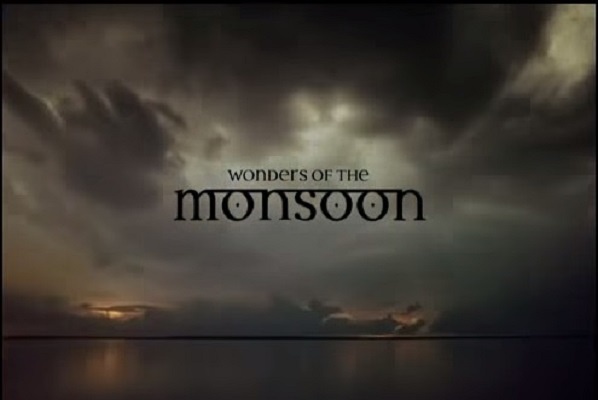 |
神奇季风
2014
主演:
ColinSalmon
国家:
英国
类型:
纪录片
|
0.0 | 58.44 G | 1080I |
中文
英语
|
英语,2.0,LPCM
|
原盘
|
|
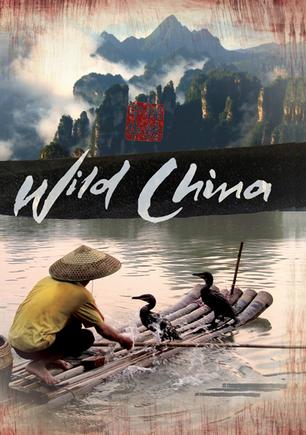 |
国家:
英国/中国
类型:
纪录片
|
9.3 | 66.2 G | 1080I |
中文
英语
|
英语,5.1,AC3
|
原盘
|
|
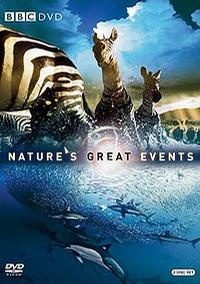 |
主演:
DavidAttenborough
国家:
英国
类型:
纪录片
|
9.6 | 93.53 G | 1080I |
中文
英语
|
中文,5.1,DTS-HDMA
英语,5.1,DTS-HDMA
|
原盘
|
|
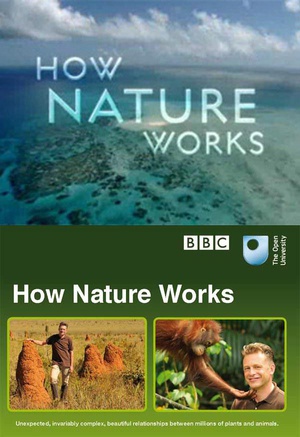 |
国家:
英国/美国
类型:
纪录片
|
8.8 | 40.33 G | 1080I |
中文
英语
|
英语,2.0,DTS-HD M
|
原盘
ISO
|
|
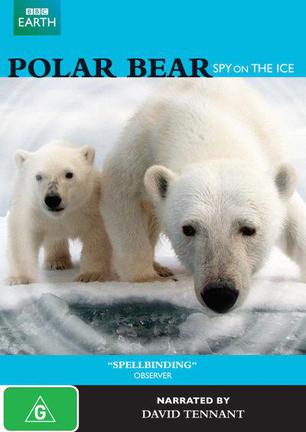 |
谍影雄心
2010
主演:
大卫·田纳特
国家:
英国
类型:
纪录片
|
9.4 | 21.48 G | 1080I |
中文
英语
法语
荷兰语
|
中文,2.0,AC3
英语,5.1,AC3
|
原盘
|
|
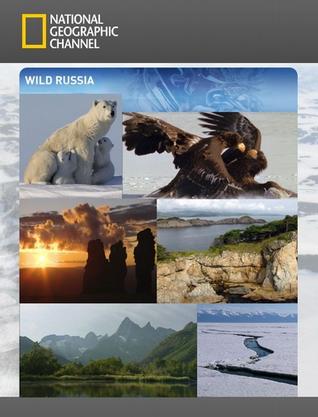 |
野性俄罗斯
2009
主演:
JasonHildebrandt
国家:
美国/德国
类型:
纪录片
|
9.1 | 70.72 G | 1080I |
中文
|
英语,5.1,DTS-HD H
德语,5.1,DTS-HD H
|
原盘
|
|
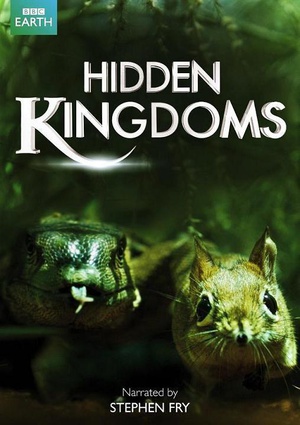 |
隐秘王国
2014
主演:
斯蒂芬·弗雷
国家:
英国
类型:
纪录片
|
9.5 | 42.41 G | 1080P |
中文
荷兰语
|
英语,5.1,DTS-HD M
|
原盘
ISO
BBC
|
|
 |
黄石公园
2009
主演:
彼得·弗斯
国家:
英国
类型:
纪录片
|
9.3 | 45.61 G | 1080I |
中文
英语
泰语
|
中文,5.1,DTS-HD M
英语,5.1,DTS-HD M
泰语,2.0,AC3
|
原盘
|
|
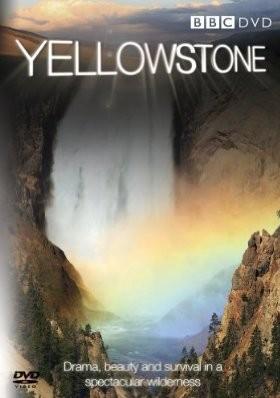 |
黄石公园
2009
主演:
彼得·弗斯
国家:
英国
类型:
纪录片
|
9.3 | 40.38 G | 1080I |
中文
英语
泰语
|
中文,2.0,AC3
英语,5.1,DTS-HD M
泰语,2.0,AC3
|
原盘
|




